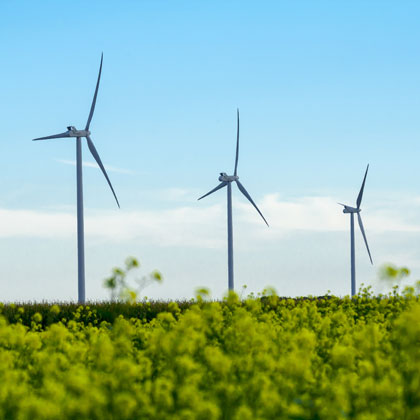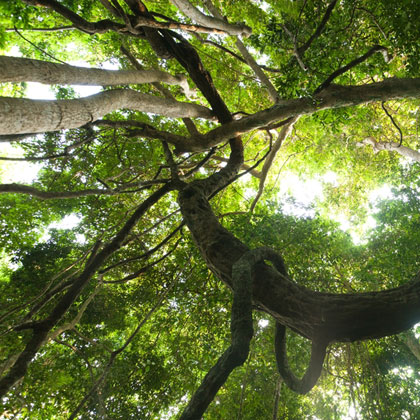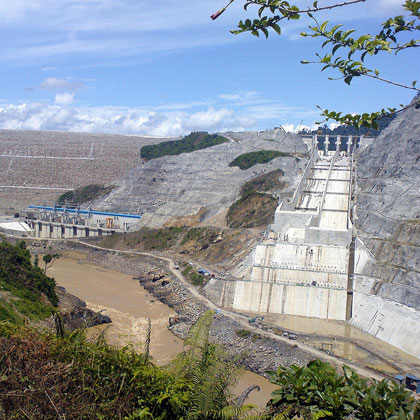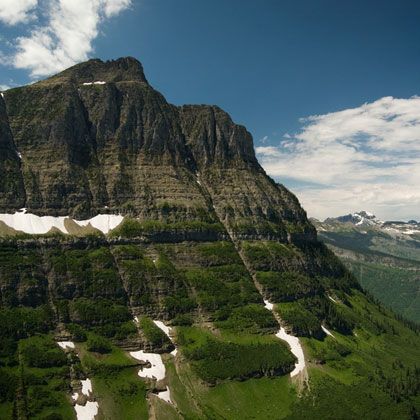Fracking and the threat of drinking water contamination
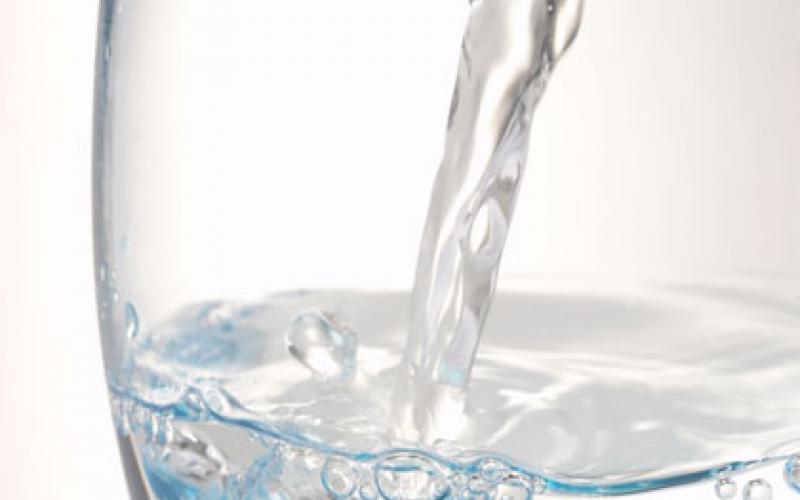
Fracking and the threat of drinking water contamination
Drinking water wells are only 60 to 90 meters below the surface, while the Marcellus Shale is at depths of 1,200 to 2,500 meters. Still, new research suggests that, because of the hydrology of northeastern Pennsylvania, hydraulic fracturing poses a risk to these shallow drinking water resources.
Nathaniel R. Warner, Robert B. Jackson, Thomas H. Darrah, Stephen G. Osborn, Adrian Down, Kaiguang Zhao, Alissa White and Avner Vengosh. "Geochemical evidence for possible natural migration of Marcellus Formation brine to shallow aquifers in Pennsylvania," Proceedings of the National Academy of Sciences, published ahead of print July 9, 2012, DOI: http://dx.doi.org/10.10.1073/pnas.1121181109.
Questions about the safety of shale gas extraction in the Appalachian Basin abound. The debate has centered on drinking water quality in rural communities where hydraulic fracturing – or "fracking" – is taking place.
The researchers categorized the water samples into four groups based on salinity levels and ionic ratios. One "high salinity" group exhibited ion ratios similar to brines found in deeper Appalachian shale formations, like the Marcellus. This evidence demonstrates that the salinity of these shallow aquifers stems from mixing with deeper formation brines.
The authors are quick to point out that, because of the distance of existing shale gas wells from the drinking water sample sites, plus the occurrence of brine in this area prior to shale gas development, it is unlikely that fracking caused the salinization of these water samples. Still, they conclude that these areas could be more vulnerable to contamination from fracking due to the inferred natural hydrologic pathways.
The researchers also consider natural gas contamination of drinking water resources. They detected methane due to seepage in samples more than a kilometer away from a drill site, though at lower concentrations than those at the well. It is also known that natural gas can mix with drinking water faster than brine can, especially when it saturates the brine, is in bubble form and is at a high pressure – an important consideration for future research and monitoring.
Looking ahead, the analogous chemical properties between the drinking water samples and the brine are more than coincidence. Research must continue to examine the pathways by which, and timescales over which, brine and natural gas to mix with drinking water resources.

